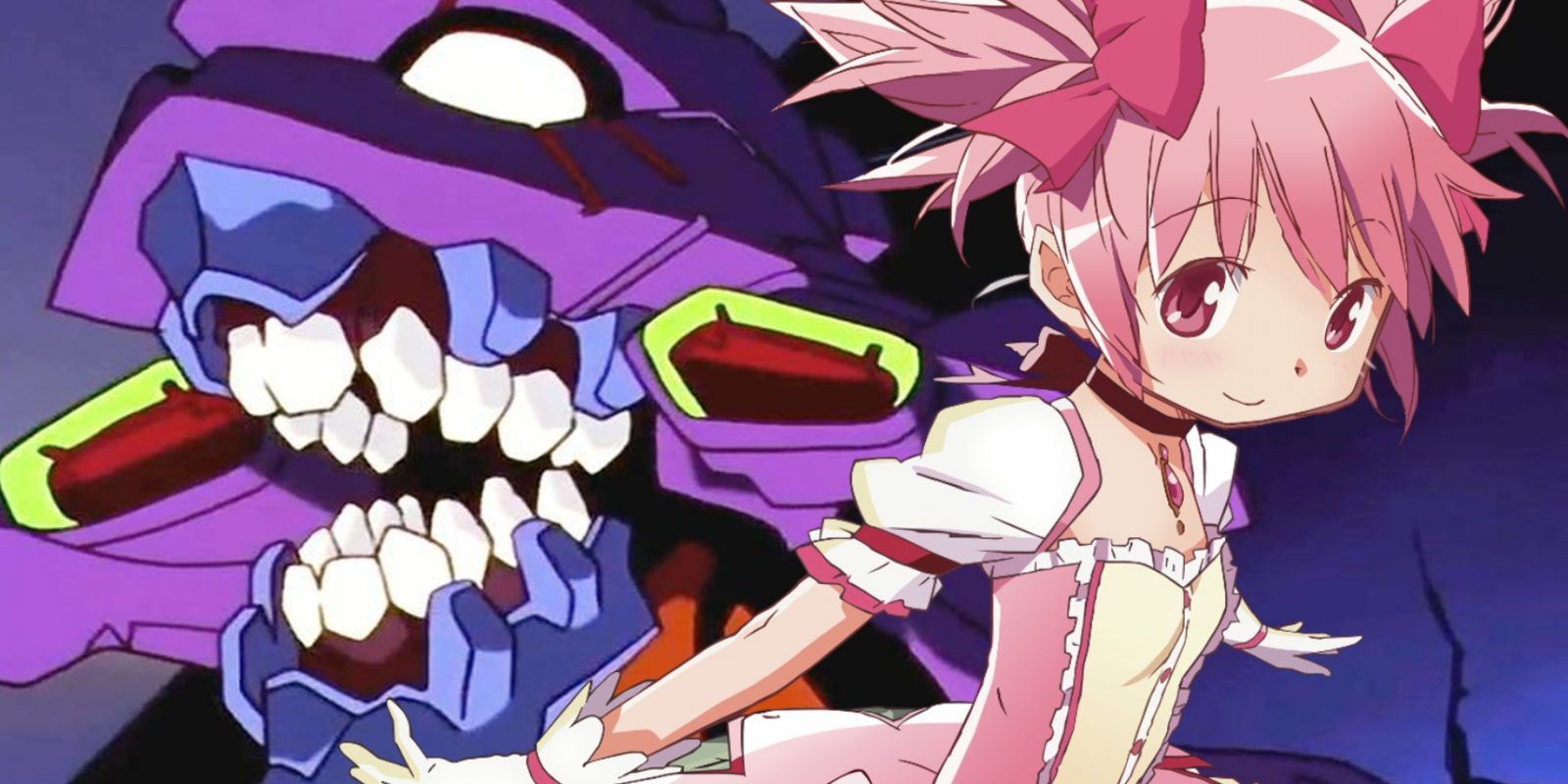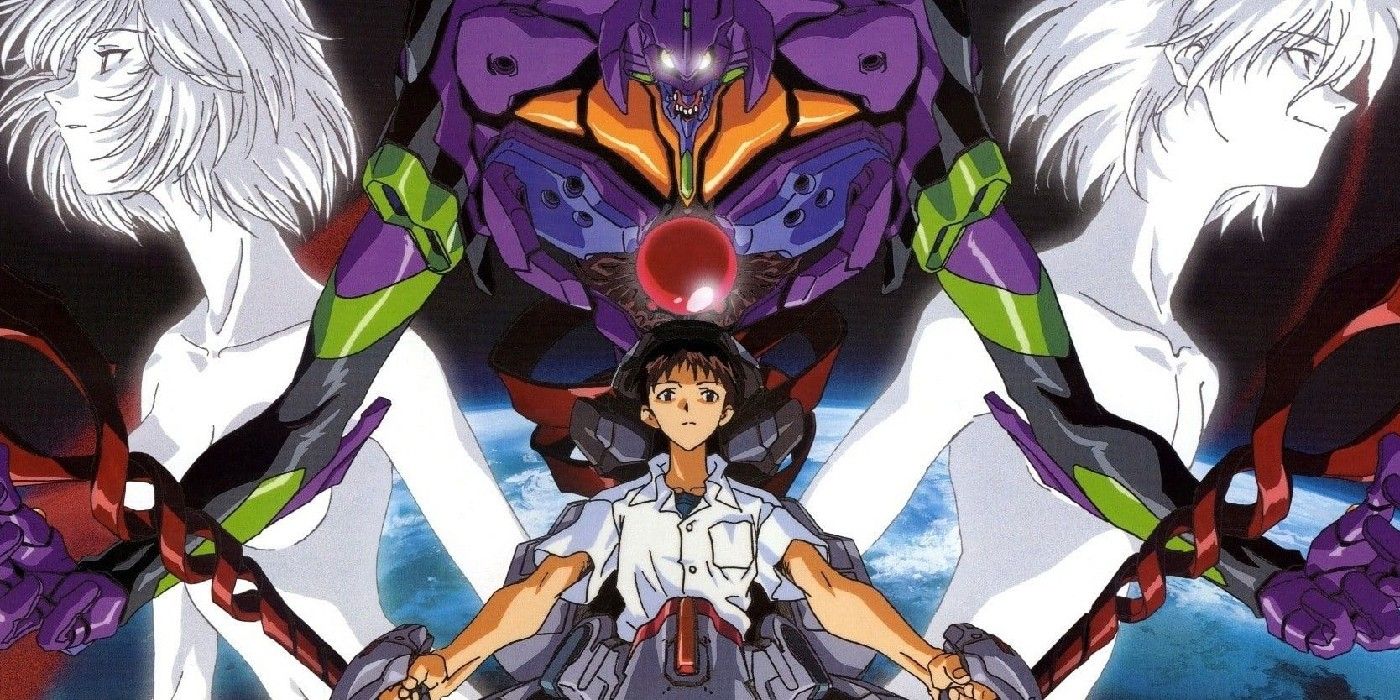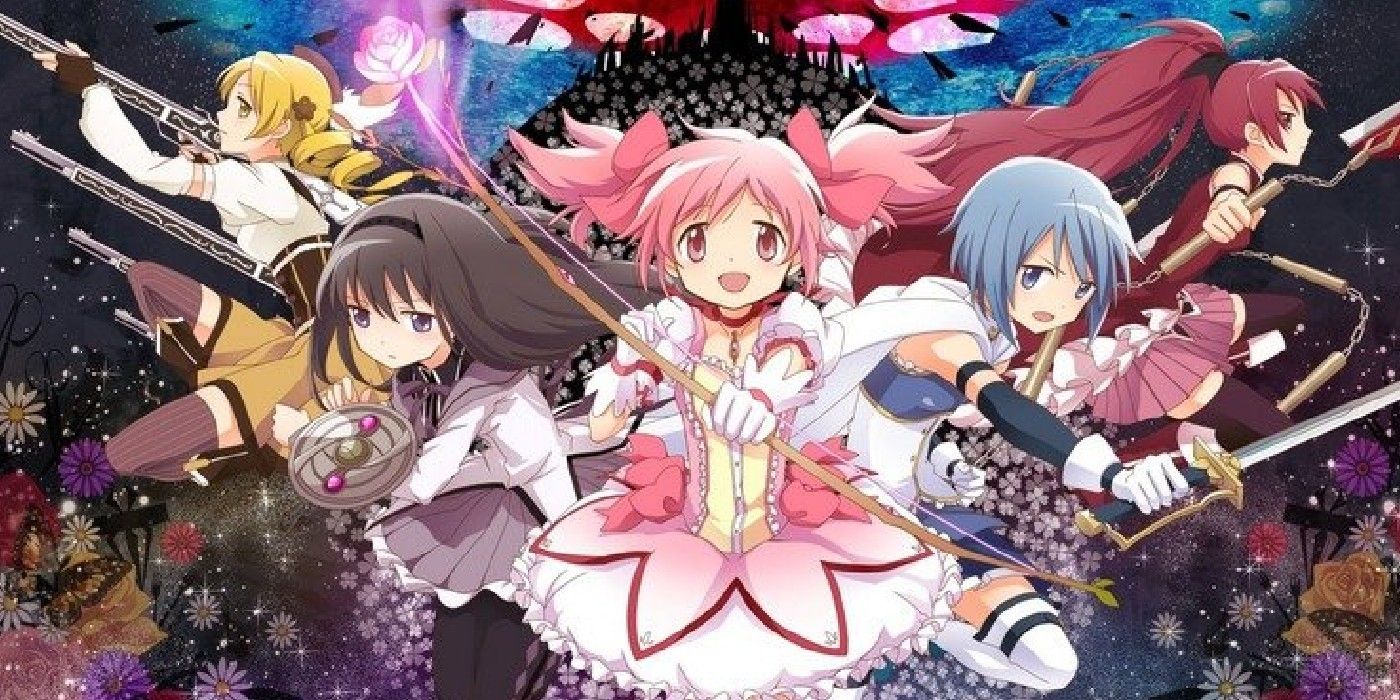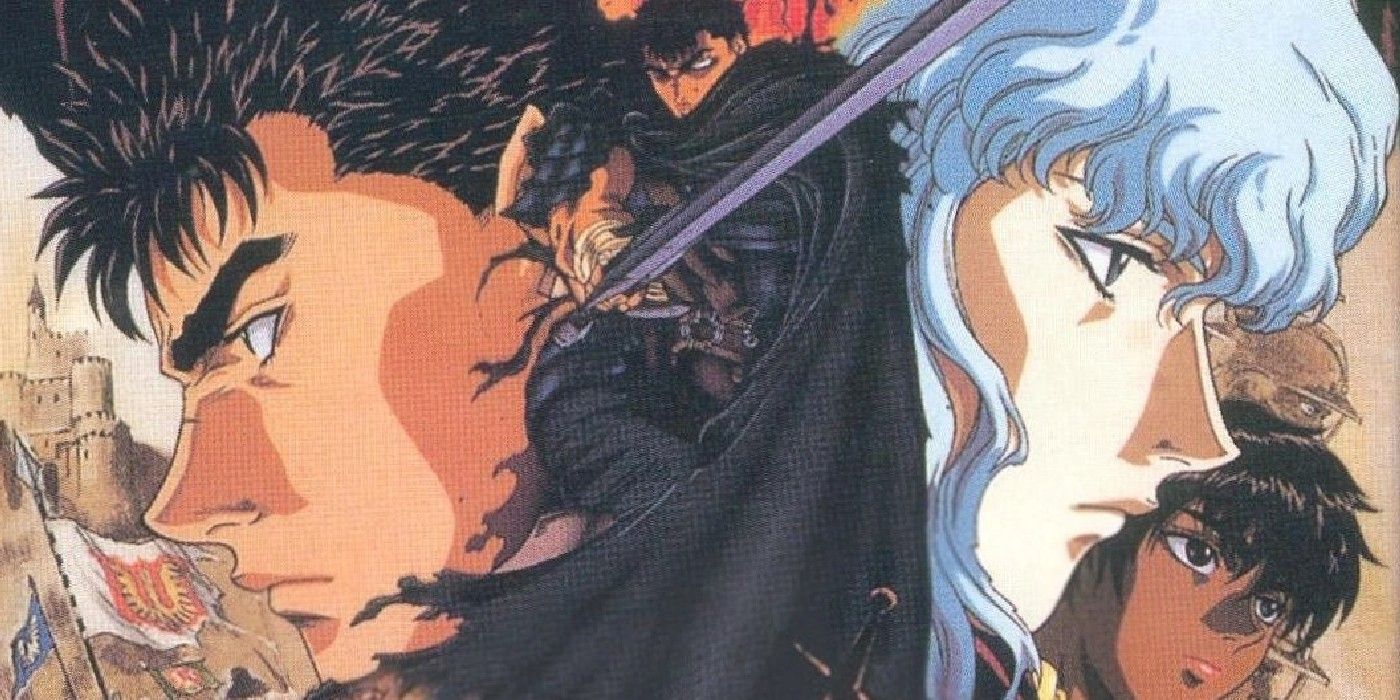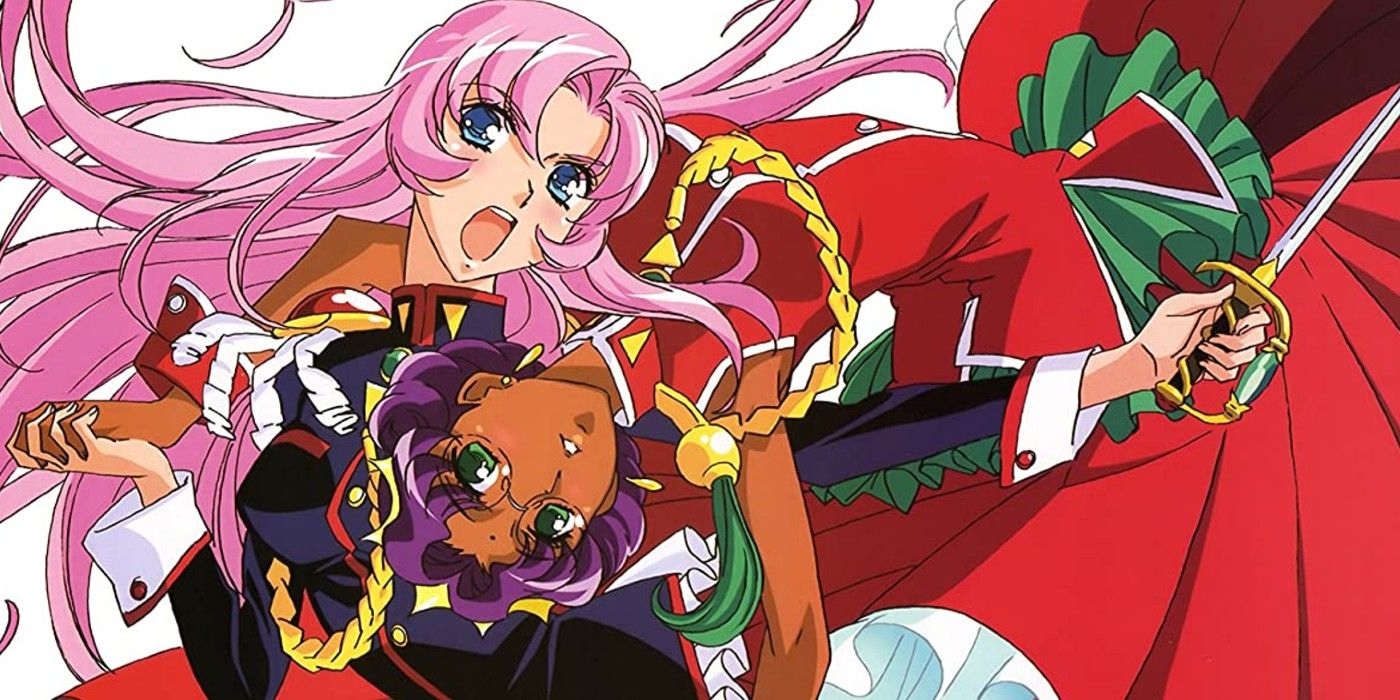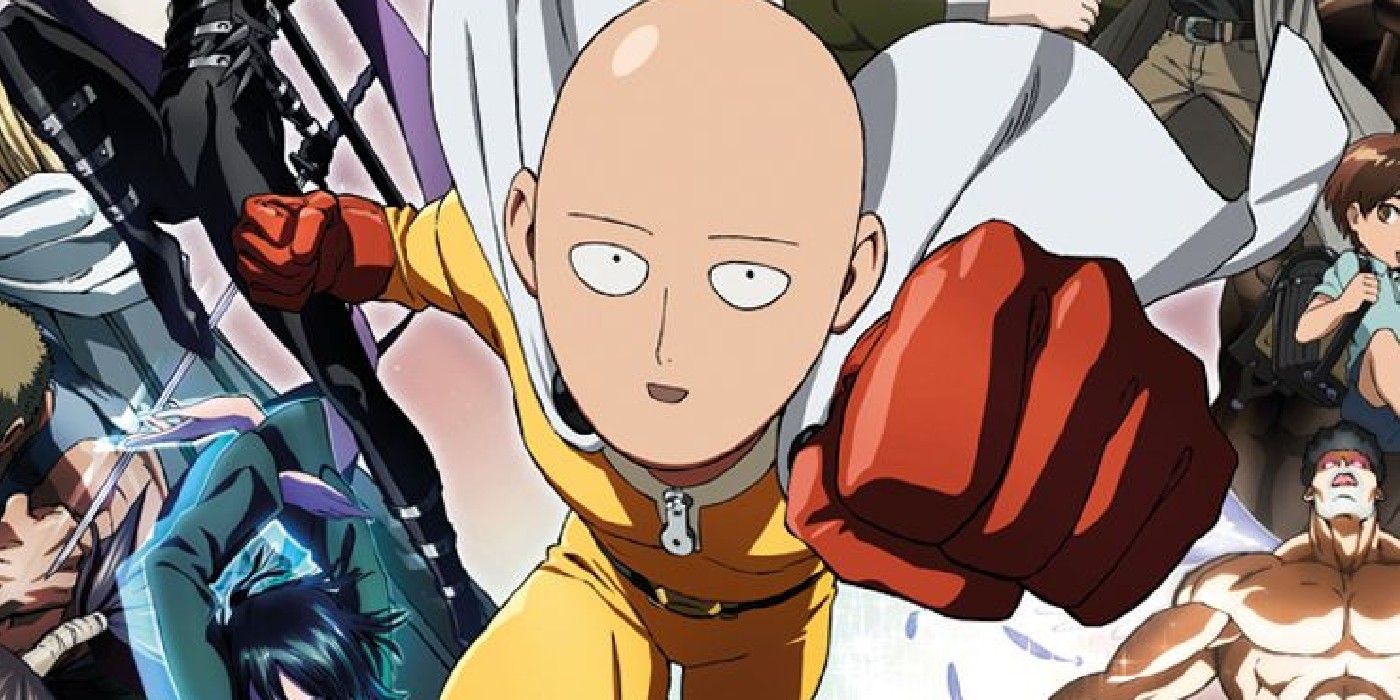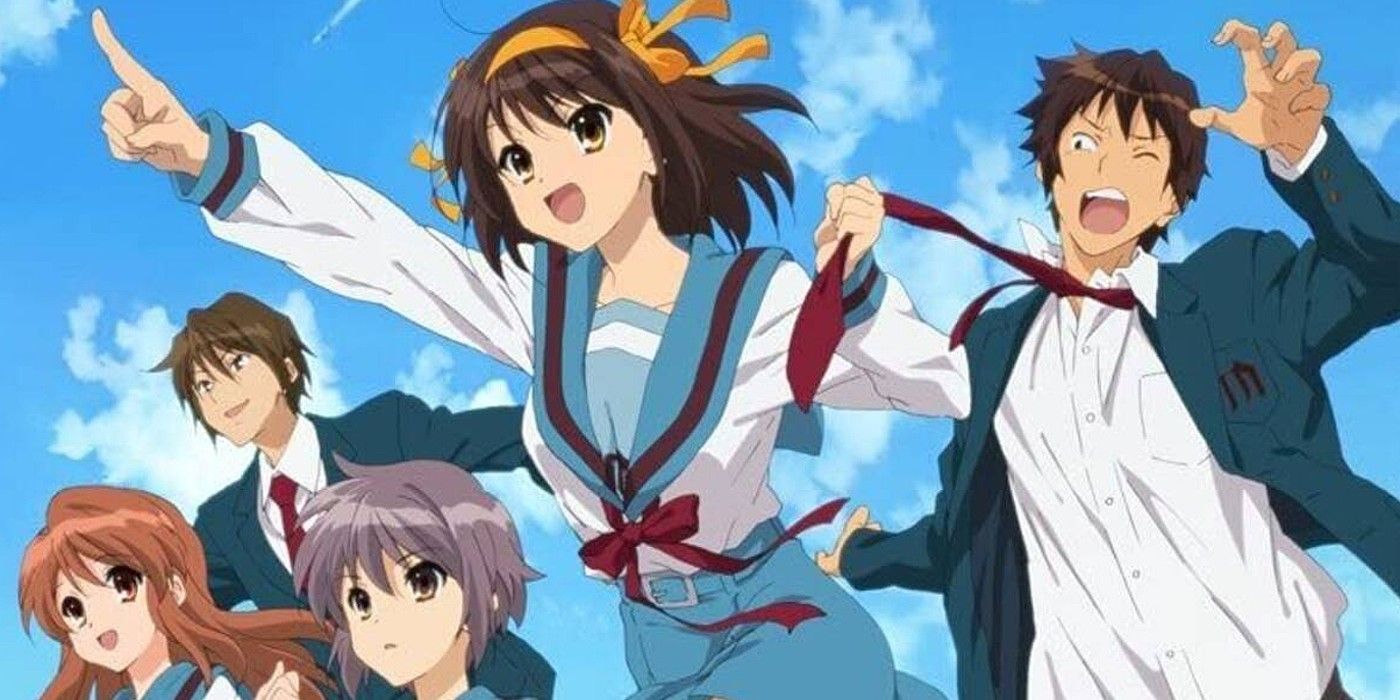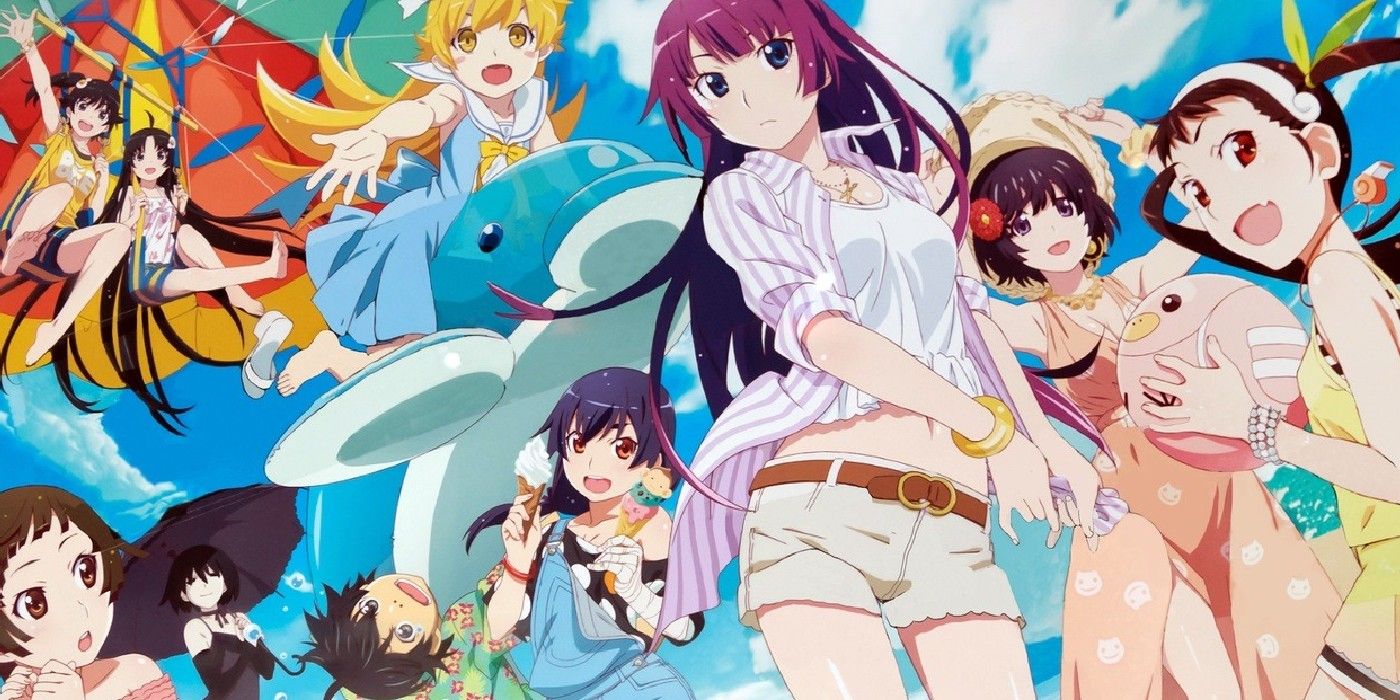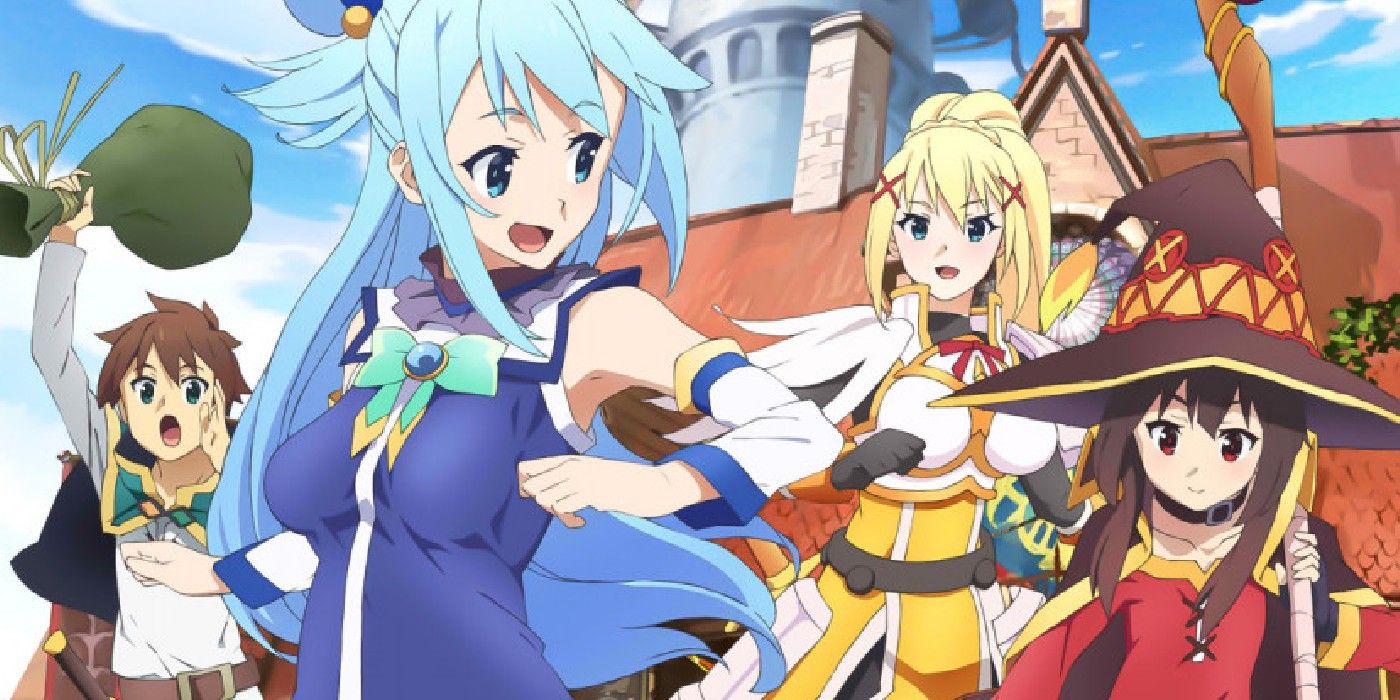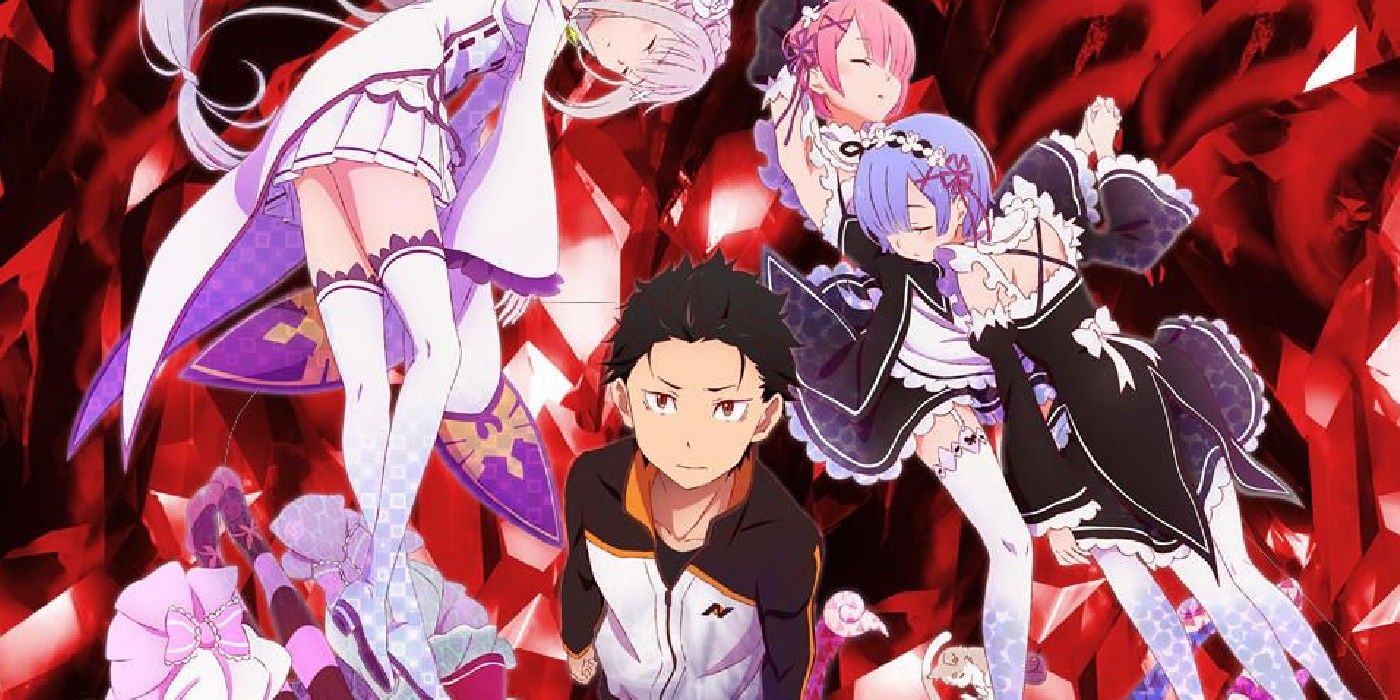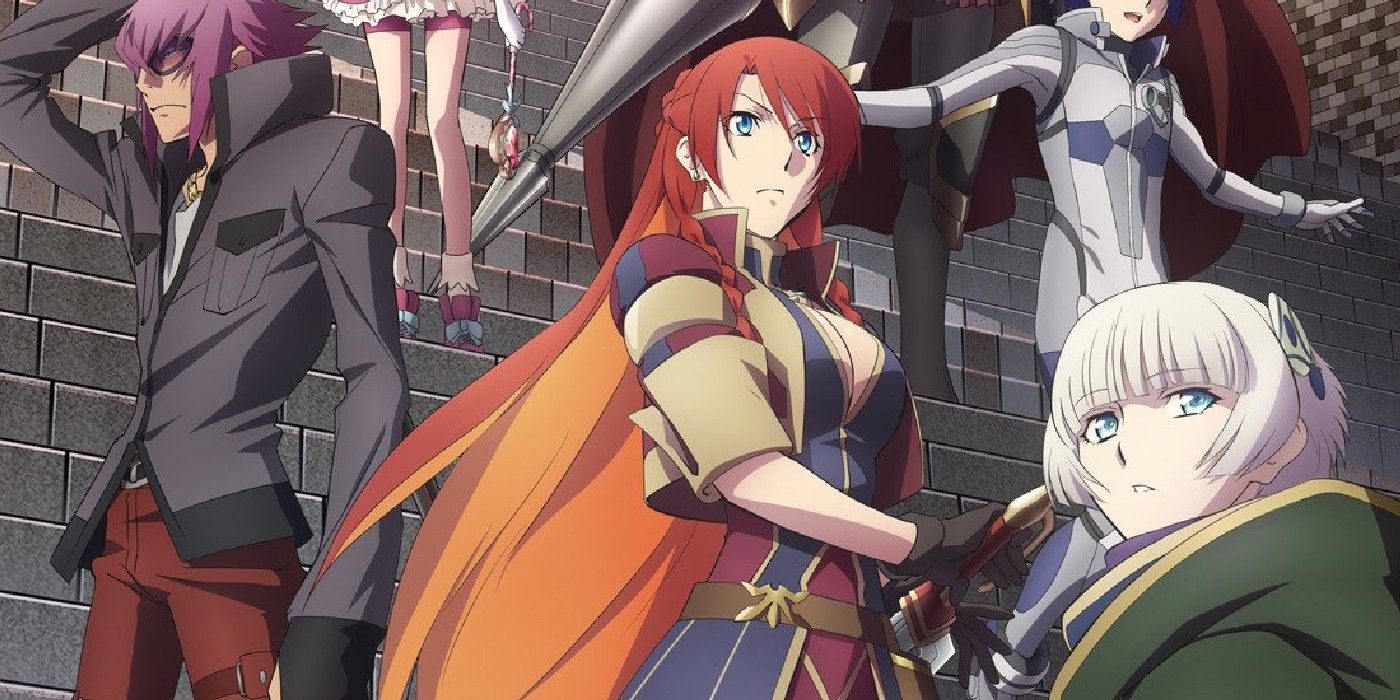Arguably, the only thing more popular than mainstream anime hits is their respective deconstructions. Cases in point, Neon Genesis Evangelion and Puella Magi Madoka Magica are now regarded as the pinnacles of the very genres they demolished.
While Evangelion and Madoka are two of the most popular genre deconstructions ever made, they're far from the only ones in anime. Not only did these anime challenge their genres, but some even defied the medium itself.
WARNING: Spoilers ahead.
10 Neon Genesis Evangelion Psychoanalyzed The Mecha Genre
Neon Genesis Evangelion wasn't the first series to deconstruct mecha anime (specifically, the real robot kind), but it was notably one of the first to dive deep into the genre's psyche. In fact, the anime was more interested in Shinji Ikari's deteriorating mental health than it was in saving the world through giant robot brawls.
Instead of enjoying his time while living out one of the most common boyhood fantasies, Shinji suffered the more he got into his robot, Eva Unit-01. This subtext became text in the anime's last third, which ditched almost all the sci-fi trappings to become an experimental examination of Shinji as both a mecha anime protagonist and person.
9 Puella Magi Madoka Magica Changed Magical Girls Forever
For the longest time, magical girls have been an innocent staple of anime, but that changed practically overnight thanks to Puella Magi Madoka Magica. After witnessing the hells that Madoka Kaname and her friends went through, audiences and fans equated magical girls to suffering instead of fun, colorful, and fanciful adventures.
Besides dialing the inherent cosmic horrors of the magical genre to their worst extremes, Madoka also examined the existential implications of such a life. Here, magical girls weren't brave warriors but troubled and impressionable kids who were tricked into becoming little more than batteries for a race of aliens with little to no sympathy for humanity.
8 Berserk Emphasized The "Dark" In Dark Fantasy
Unlike the usual anime fantasy, Berserk had more in common with the historical Dark Ages, where Guts' life in a realm of knights and lords was more oppressive than aspirational. Additionally, the entrance of magic only turned an already terrible world into a living hell, with the God Hand turning evil people into literal monsters.
Another layer to Berserk's deconstruction can be found in Guts himself who, on paper, reads like any other badass seinen anti-hero. Guts may look cool as a stoic and unstoppable killing machine, but he only became that way after barely surviving a lifetime's worth of horrors. Worse, his unresolved issues only alienated him instead of drawing others in.
7 Revolutionary Girl Utena Unraveled Romantic Shojo Fantasies
Utena's time in the prestigious Ohtori Academy started out just like any other fairy-tale-styled-shojo romance, complete with a princess caught in a love triangle. The difference is, Utena was the prince, not the damsel in distress. Additionally, her love triangle was the literal manifestation of her internal wrestling with gender identity and expectations.
To say that Revolutionary Girl Utena is complex is an understatement. The surreal anime deconstructed shojo fiction not just by challenging the literal patriarchy that was almost always inherent in European-styled fantasies, but by questioning shojo archetypes, stock relationships, and gender norms through a religious and psychological lens as well.
6 One-Punch Man Revealed The Boredom Of Being A Shonen Anime Superman
One-Punch Man basically started where most action-packed shonen anime end, specifically with the hero achieving immense overpowered strength. After Saitama became so powerful that he could end every fight with just one punch, his life didn't become dangerous or exciting. Instead, it became dreadfully boring and pointless.
Since he could instantaneously obliterate otherwise world-ending supervillains, Saitama didn't feel the same danger and urgency others did, making him become aloof and detached. As the world's most powerful superhero, Saitama's greatest challenge was not saving others, but finding purpose in a life without conflict and struggling with loneliness.
5 The Melancholy Of Haruhi Suzumiya Reevaluated The Self-Centered School Life Anime
Like many school-life anime before and after it, The Melancholy Of Haruhi Suzumiya focused on an eccentric and hyperactive schoolgirl and the hijinks she dragged her friends into. What Haruhi's story did differently was to analyze how a world that literally revolves around one person could even exist, and how it negatively affected others.
Basically, Haruhi's zany world only came to be because her subconscious godhood made her the universe's center. That said, Haruhi was already obliviously selfish, which her powers only exacerbated. Because things almost always went her way, Haruhi tested people's patience, to the point where Kyon nearly hit her and Yuki Nagato rewrote her role in the story.
4 The Monogatari Series' Harem Story Was More About Traumas Than Young Love
Any installment in the long-running Monogatari series could easily be mistaken for another harem/urban fantasy anime, especially with its base premise of Koyomi Araragi's balancing act when it comes to a bunch of girls who are all romantically interested in him. That said, Koyomi's life as a harem protagonist is anything but fun or easy.
Each girl carried serious baggage, while Koyomi's harem hero traits came from his angsts and insecurities. The presence of the supernatural only made things worse, as everyone's demons were more literal than metaphorical. As a whole, Monogatari was about seeing people's flaws and facing them together, not just choosing a girlfriend.
3 KonoSuba Had Fun By Mocking Gamified Isekai Anime
The gamified isekai (or anime that are basically JRPGs) has been popular for so long that a spoof of it was inevitable. Enter KonoSuba, the rare anime deconstruction that flipped clichés and tropes for a laugh. Here, Kazuma Satou and his merry friends aren't roaming heroes, but pathetic goofballs who have no idea what they're doing.
Almost every isekai staple is given a new hilariously mundane reason behind it, robbing Kazuma of any pretense of being the chosen one. Not helping matters were party mates like the pyromaniac Megumin, who are parodies of stereotypically competent stock RPG roles. Together, they mess up the realms, barely scrape a living, and get on each other's nerves.
2 Re:Zero Exposed The Unseen Darkness Of The Isekai Power Fantasy
As Re:Zero's hikokomori (shut-in) protagonist, Subaru fulfilled every otaku's dream when he was randomly transported to Lugnica. Unlike the boring real world, Subaru wasn't just this kingdom's fated hero and political linchpin, but he was the most popular guy around. That said, Subaru's dream-come-true gradually became a nightmare.
Besides his newfound respawning power, Return By Death, being more of a curse than a blessing, Subaru's experiences in his old life were of little to no help in Lugnica. Rather than reward and validate his otaku tendencies as other wish-fulfilling isekai stories would, Re:Zero forced Subaru to outgrow them with literal blood, sweat, and tears.
1 Re:Creators Deconstructed Storytelling Itself Through The Reverse-Isekai
On its most surface of levels, Re:Creators can be read as a deconstruction of crossover events, where powerful characters from different stories meeting up in the real world would only lead to wanton chaos and collateral damage. The anime went a step further by deconstructing the characters not as archetypes, but as living and breathing people.
Here, equally righteous protagonists from different genres clashed ideally, while tortured anti-heroes demanded answers from their authors. By having the creators meet their creations, Re:Creators interrogated the very concept of storytelling, from authorial intent to what truly counts as right or wrong when everyone's a hero in their own story.

